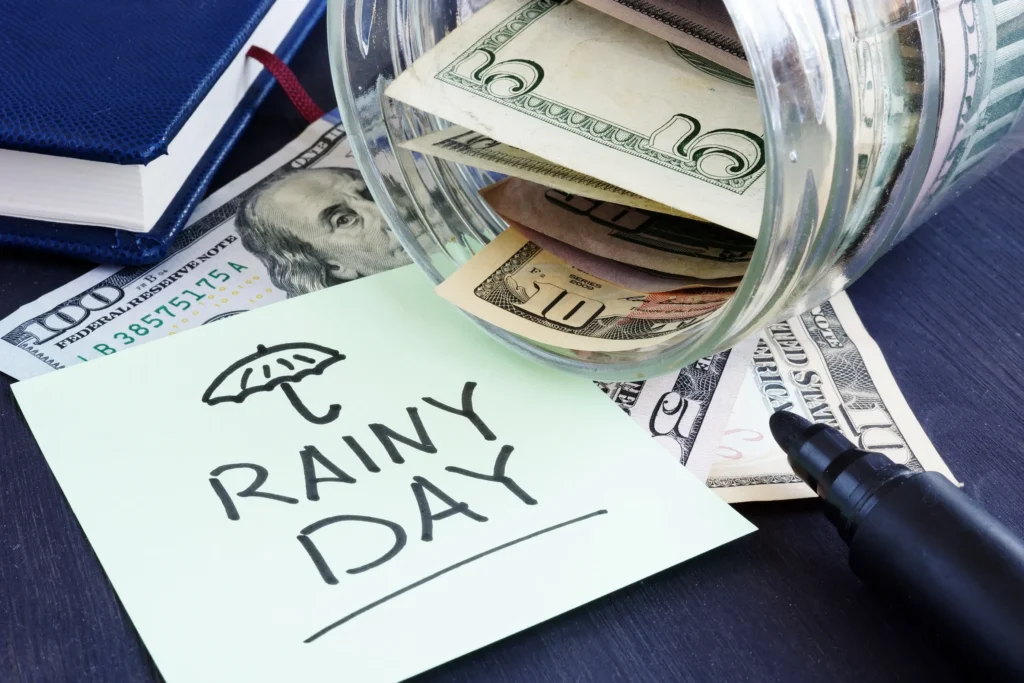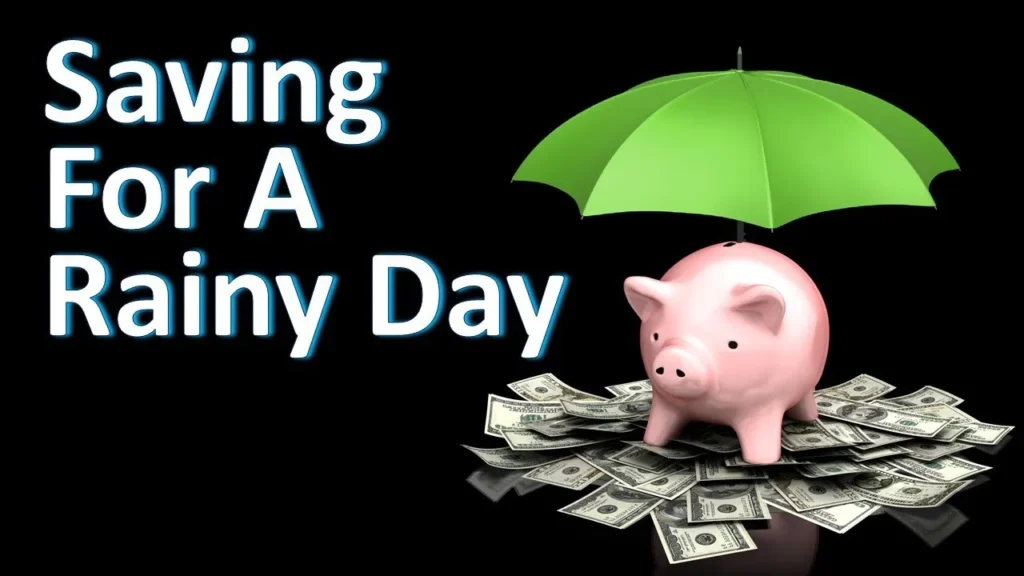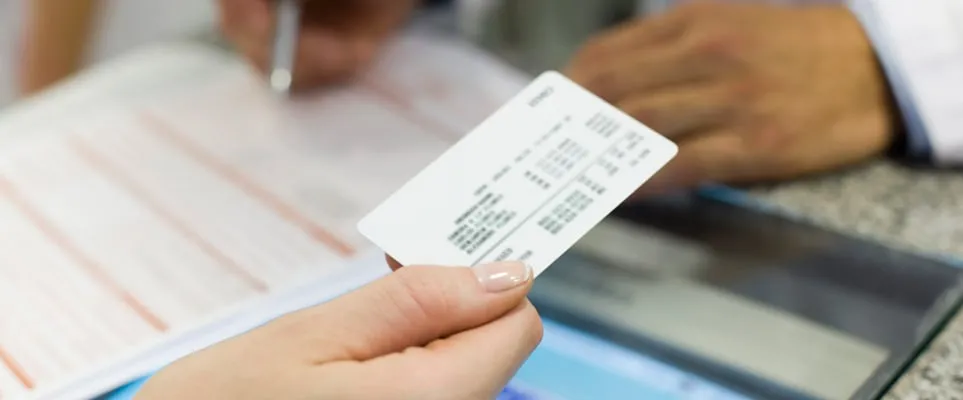It is best to save money on a rainy day, which you can use in a particular event or emergency. More like having a cushion eases stress and might help you manage unforeseen problems with minimal or no debt.

While many people understand this, it is a different thing altogether when it comes to putting those reasons into action.
The main reasons why saving for a rainy day is important will be highlighted, as well as other strategic tips that would help you stay at the top of any financial crises.
Why Saving for a Rainy Day?
Life is unpredictable, and being prepared with a dedicated rainy day fund does not derail one from emergencies. Here are just some of the reasons you should save for a rainy day:
- Financial Stability: With emergency cash in store, one day you will never be found in a position where you would have to make use of credit cards or loans, let alone even borrow money from friends and family due to sudden expenses.
- Relieve Stress: Quite a bit of the source of anxiety comes from financial problems. Knowing that you are prepared for almost any event can prove very soothing.
- Debt Freedom: With no rainy-day fund, surprise expenses have no option but to take debt; this surely will ensure long-term financial stress.
- Choice Freedom: Savings become choices during those times you may want to take off to take care of a loved one or to begin something new free from immediate financial burden.
How Much to Save for a Rainy Day?
It is best to save enough to pay three to six months’ essential living expenses. This amount is going to be different for everyone depending on your style of living, your income, and your financial burdens.
You will probably want to save more if you have a job or income insecurity. Of course, you may be able to get along with a smaller fund if you are sure of your job and borrow very little money.
- Calculate Your Monthly Expenses: Write down how much you pay for basic needs like rent or mortgage, utilities, food, and transportation.
- Set a Savings Goal: Multiply your monthly expenses by the number of months you want to cover. While most financial experts advise three months, shoot for six, if possible.
- Start Small: Feeling daunted by the amount you have to save, begin with a more reachable amount, say $1,000, and then work your way up to a higher goal amount as you progress.
8 Ways to Save for That Rainy Day

Building an emergency fund does not happen overnight; however, the right strategies will make your savings grow with regularity. Following are eight active ways to start saving money for a rainy day:
1. Create a Budget
The first step to saving for that rainy day is to know how much money is coming in and what expenses one has. A budget lets you see where your money’s going and can help you pinpoint places where you could cut back.
Then, you will be able to subtract a certain amount every month reserved strictly to build up your rainy day fund without it overwhelming you.
2. Automate Your Savings
One of the easiest ways to save money is to automate it. Set up an automatic direct deposit, from your paycheck into a separate savings account.
That way, you will not be thinking about saving, and you will minimize the temptation to spend money. Even small automatic transfers can add up over time.
3. Cut Non-Essential Expenses
Cut your budget somehow by going out fewer nights, canceling subscription services you never use, or downgrading your cell phone service. Money saved from the cuts can go directly into a rainy day fund.
4. Side Hustle
Consider getting another activity that could supplement your income, so needs would be provided and savings goals met. Whether it be freelance work, driving with rideshare, or selling items online, whatever extra money you might generate can go into the rainy day savings.
5. Sell Unused Items
Make a list of items you no longer need, use, or miss: old clothes, no longer-used gadgets, even the table and chairs. Whatever it is, all of these could be sold for a quick shot in the arm for your savings. Online platforms like eBay, Facebook Marketplace, and Poshmark make this a lot easier.
6. Cash Windfalls-Wise
The minute you get a tax refund, bonus, or gift money, do not fall victim to blowing it all. Instead, put some, or all of it directly into your rainy day fund. Because it is not part of your monthly income, you won’t miss the money and can jump-start your savings this way.
7. Save Your Spare Change
Many banks and apps have programs where it rounds your purchases up to the nearest dollar and then deposit that difference into your savings account. That loose change may not seem like much, but over time it can add up to a pretty sizeable rainy-day fund.
8. Cut Interest Payments
High-interest debt is like a vortex-it sucks in your money and makes it that much harder to save. Where possible, pay down debt or move it into a lower-interest option. This frees up more money in your budget each month to go toward your savings rather than just paying the interest.
How Much of My Income Should Go to Savings?
The general rule most financial experts recommend is the 50/30/20 rule, which goes like this:
1. 50% of a person’s income must go toward needs like housing, food, and transportation.
2. This 30% can be spent on movies, dining out, or taking a trip to the mountains.
3. 20% of one’s income is for savings or debt repayment.
Of course, your situation will differ. If you have high-interest debt, for example, you may want to devote more of your energy to paying that off before you build up your savings.
Similarly, if you’re close to your goal of having an emergency savings cushion, you may want to put more of your savings into longer-term goals like retirement or a house down payment.
7 Places Parents Should Focus Savings

From the perspective of their parents, especially in planning for the future of the family, they stand at a different level in terms of financial problems. Parents need to channel their savings in different ways including but not limited to the following seven directions:
- Education: Parents are supposed to start saving as early as now for either a private school or college education for their child. They can open a 529 savings plan so they will be able to avail of tax benefits.
- Health: Sometimes some sudden ailments or accidents require quite a lot of medical expenses in no time. They need to have an emergency fund apportioned for health purposes.
- Emergency Fund: The building of an emergency fund has something to do with these unplanned events, such as losing a job, house repairs, or even medical emergencies.
- Retirement: Remember, one has to build a retirement. If the amount for retirement is enough, then you will not need to depend on your kids later in life.
- Housing: These are either new or the maintenance of your present one, but the costs towards housing are significant. Thus, some of your savings should be allotted towards the repair and enhancement of the house.
- Child Care: Child care is one of the most expensive things to consider in parenting. If you know you will need daycare or a nanny, you should build up that savings well in advance.
- Vacation or Family Activities: Although it may not be of prime importance, setting money aside for activities or vacations may help in enjoying quality time without breaking the bank.
Conclusion
Saving for a rainy day is one of the more important ethics in finance to prepare against the uncertainties in life.
Knowing how much to save, and using peripheral, actual strategies to automate your savings, cut non-essential expenses, and wisely use cash windfalls, you’ll be able to build up your emergency fund in steps.
The amount anyone can save would, of course, depend upon one’s lifestyle and financial obligations, but the most important thing in saving is to start small and be consistent.
Be it a single professional, a parent, or near retirement age, this rainy-day fund instills confidence during life’s ups and downs.







